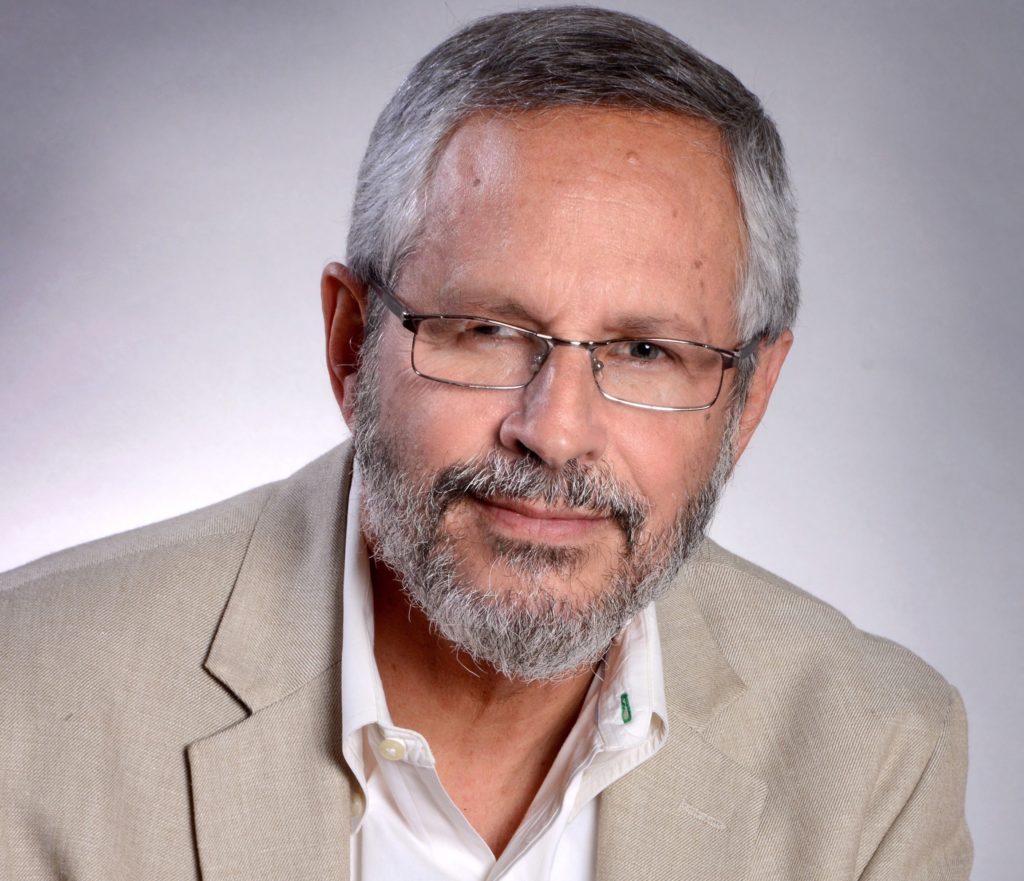Each week I’ve been adding a brief tidbits section to the THCB Reader, our weekly newsletter that summarizes the best of THCB that week (Sign up here!). Then I had the brainwave to add them to the blog. They’re short and usually not too sweet! –Matthew Holt
In this week’s health care tidbits, Shannon Brownlee and her fellow rebels at the Lown Institute decided to have a bit of fun and compare which non-profit hospitals actually made up for the tax-breaks they got by providing more in community benefit. A bunch of hospitals you never heard of topped the list. What was more interesting was the hospitals that topped the inverse list, in that they gave way less in community benefit than they got in tax breaks. That list has a bunch of names on it you will have heard of!

Given how many of that list run sizable hedge funds and then do a little health care services on the side, perhaps it’s time to totally re-think our deference to these hospital system monopolies. And I don’t just mean making it harder for them to merge and raise prices as suggested by Biden’s recent Executive Order.















